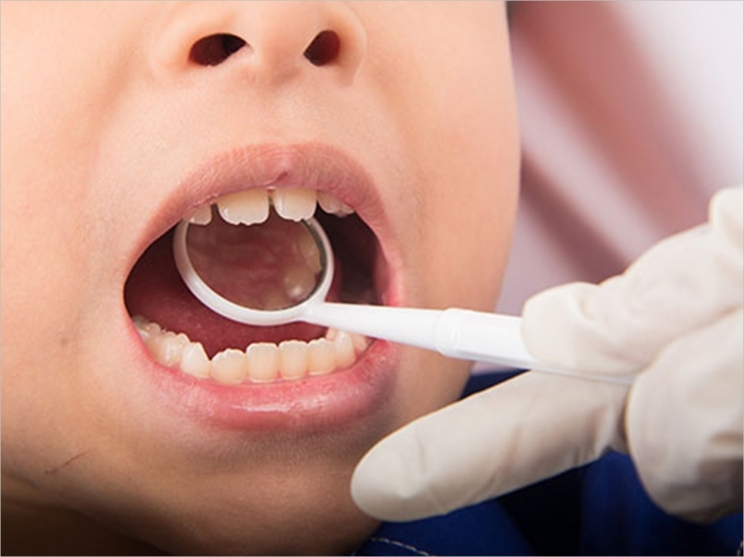
Public Health England (PHE) has released guidelines to help dental teams provide services that are accessible to people with learning disabilities, as dental services have a legal obligation to make reasonable adjustments to ensure that such patients receive the same treatment as other people.
The guide provides case studies and signposts resources that can be used to support health professionals, paid social care, and family to help people with learning disabilities access good oral care, according to the British Dental Association (BDA).
According to PHE, a person with learning disabilities has a significantly reduced ability to understand new or complex information and to learn new skills, as well as a reduced ability to cope independently. These issues begin before adulthood and have a lasting effect on development.
PHE does not include people with conditions such as dyslexia, in which they have a difficulty with one type of skill but not a wider intellectual impairment. The BDA notes that people with learning disabilities have greater unmet oral health needs, poorer access to dental services, and less preventive dentistry that people in the general population.
This cohort also faces higher levels of gum disease, higher numbers of missing teeth, higher levels of plaque and untreated tooth decay, and increased rates of edentulism, the BDA reports. PHE estimates that were more than a million people with learning disabilities in England, including 930,400 adults, in 2015.
Reasonable adjustments to better treat this population may include alterations to buildings by providing elevators, wide doors, ramps, and tactile signage. They also may include changes to policies, procedures, and staff training to ensure services work equally well for people with learning disabilities.
The BDA also has called for robust oral health needs assessments to inform local and national commissioning decisions as well as increased investment in community dental services (CDS) to reduce such oral health inequalities.
“For too long, the oral health needs of people with learning disabilities have taken a backseat. They experience a double whammy with high rates of poor oral health and genuine problems accessing dental services they desperately need,” said Charlotte Waite, chair of the BDA England Community Dental Services Committee.
“Part of the problem is that commissioning decisions to cater for the needs of these patients are often inadequate because they are not informed by robust oral health needs assessments,” Waite continued.
“The situation is exacerbated by an ever-decreasing number of dentists in community dental services. If we are serious about addressing the oral health inequalities faced by people with learning disabilities, there must be increased investment in CDS,” Waite said.
“That being said, this practical guidance, with lots of helpful case studies and examples of good practice, should help to reduce oral health inequalities by making dental services more accessible,” Waite said.
Related Articles
NYU Opens Oral Health Center for People With Disabilities
ADA Commended for Revising Code to Better Accommodate the Disabled
Special Needs Dentistry: Making a Difference for Patients and Caregivers


